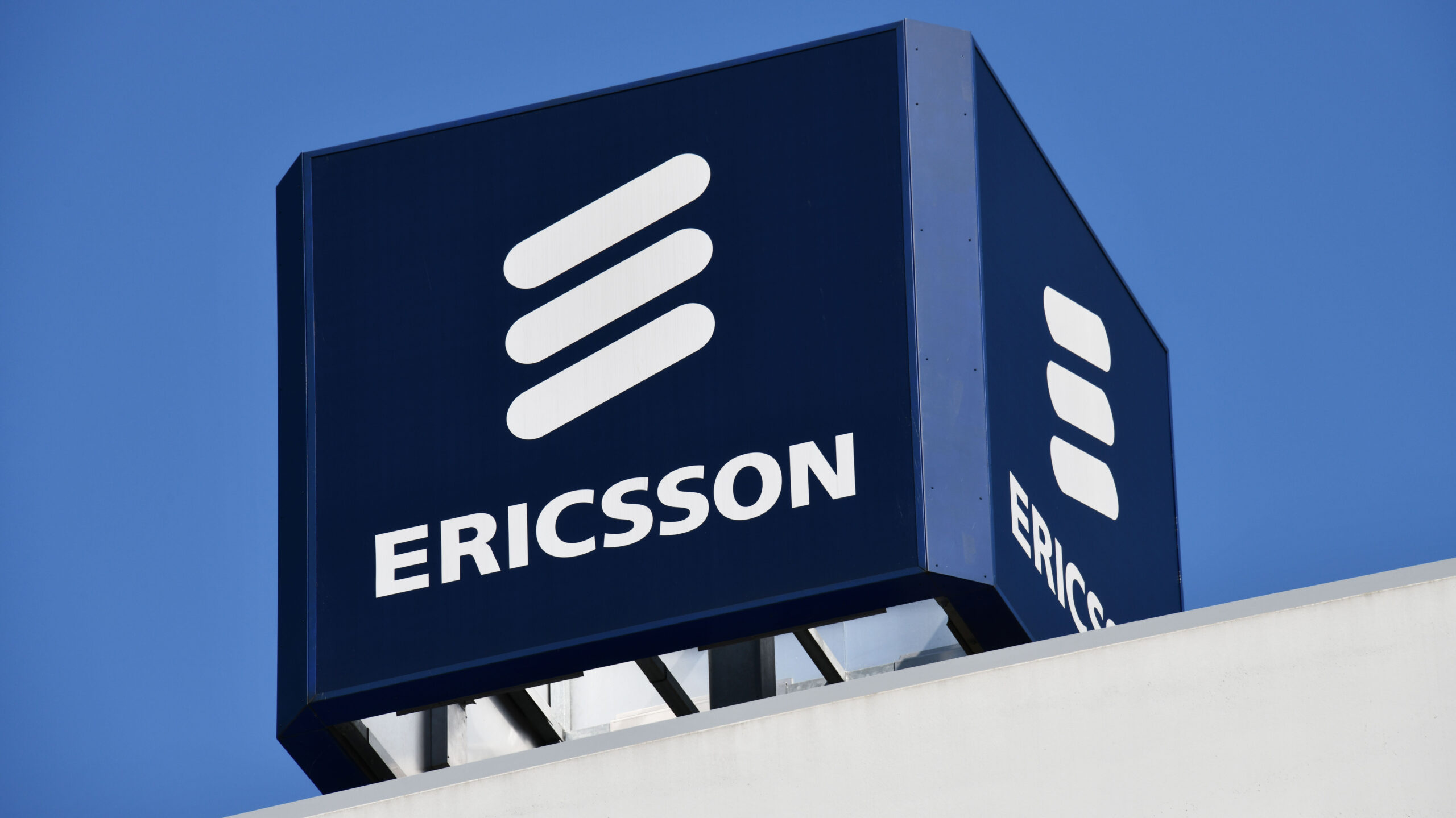
Mobility usage over the last decade has skyrocketed as more people gained access to cellphones and associated networks than ever before.
The finding is outlined in a recent report released by Ericsson examining worldwide usage over the last 10 years.
Since the organization released its last report in 2011, a number of changes have happened.
The number of users subscribed to a 4G network has increased dramatically: in 2011, this number sat at 9 million. Now estimates show there will be 4.7 billion subscriptions by the end of the year.
Over the last decade, new smartphone subscribers have increased by 5.5 billion and mobile networks carry 300 times more traffic.
The report indicates this increase wasn’t expected. In 2011, most data came from laptops with cellular connections, but smartphones were growing in popularity.
“The visible market drivers at the time led us to underestimate the pace of smartphone and 4G subscription growth — and thereby also traffic growth on handheld devices — while overestimating the potential growth of 4G-connected laptops and tablets, as the smartphone became the device of choice for connecting other devices over Wi-Fi to the mobile network,” the report says.
Numerous events shaped this growth, which was further driven by network capabilities, tariffs, and market legislation.
The first event came in 2015 when a U.S.-based service provider offered bundles “with a zero-rated unlimited offering” for popular video services. Competitors soon offered similar bundles, contributing to a global increase in traffic.
The next major event came in 2017, when a new competitor entered the telecom market in India and offered competitive rates on 4G, leading to an increase in new users and subsequent traffic.
An impact was also seen in 2018 when 4G arrived in China, much later than in other markets.
Future trends
The report notes future trends can be hard to predict because things can change based on information not yet available.
The authors do expect, however, for 5G to grow incredibly fast, outpacing the growth of previous generations.
More than 180 service providers have launched 5G services across the world. Estimates show there will be 660 million 5G subscribers by the end of the year, mainly from strong demand in China and North America.
The continent has the second-highest number of 5G subscribers in the world, following North-East Asia, and is expected to move to first place by 2027.
“In North America, 5G commercialization is moving at a rapid pace. Service providers have launched commercial 5G services, focusing on mobile broadband and fixed wireless access (FWA),” the report says.
5G is further expected to take over 4G by the end of 2027, with an estimated 4.4 billion subscriptions. It’s also expected to grow faster than its previous counterpart, thanks, in part, to the availability of devices and lower prices.
4G subscriptions are expected to reach their maximum at 4.7 million by the end of the year. The research notes subscribers will decline to 3.3 billion by 2027, given they’ll be shifting to the newer 5G network
Growth of 5G
The network is expected to grow in every region, but there are a few notable factors to point out around the world.
While 5G network will grow alongside 4G in Sub-Saharan Africa, high speed packet access (HSPA) will remain dominant, representing 40 percent of users in 2027. HSPA is made of two mobile protocols that improve the performance of existing 3G networks using wideband code-division multiple access (WCDMA) protocols.
In India, 4G networks are expected to hold dominance but will see a decrease as users move to 5G. Subscriptions are expected to reduce from 68 percent in 2021 to 55 percent in 2027.
In Central and Eastern Europe, a similar forecast is predicted as 4G is expected to stay on top.
“In 2027, 4G will remain the dominant technology and is expected to account for 59 percent of mobile subscriptions, while 5G subscriptions are forecast to make up 41 percent.”
WCDMA/HSPA will decline to “virtually zero.”
A similar decline will also be seen in Western Europe as 5G subscriptions are expected to reach 83 percent by the end of 2027.
By 2027, 5G is expected to cover 75 percent of the population and be the fastest-deployed communication technology in history. Coverage in high population countries is one contributing factor to this.
In response, researchers have noticed the phenomenon of sunsetting or network sunsets. This is characterized by newer networks, like 4G and 5G, causing legacy networks like 2G and 3G, to shut down.
This can be categorized into three different waves.
In wave one, North American and Australia, among other parts of the world, have already shut down 2G networks and are expected to shut down 3G before the mid-2020s.
Wave two has seen Western Europe sunsetting 3G over 2G, given its larger dependency on it. The sunsetting of 3g is expected to last until the mid-2020s.
The third wave includes countries with a larger dependency on legacy technology because of the lower concentration of 4G and 5G networks. These places won’t see network sunsets for 2G and 3G until the end of 2030.
Image credit: ShutterStock
Source: Ericsson
MobileSyrup may earn a commission from purchases made via our links, which helps fund the journalism we provide free on our website. These links do not influence our editorial content. Support us here.


